latest
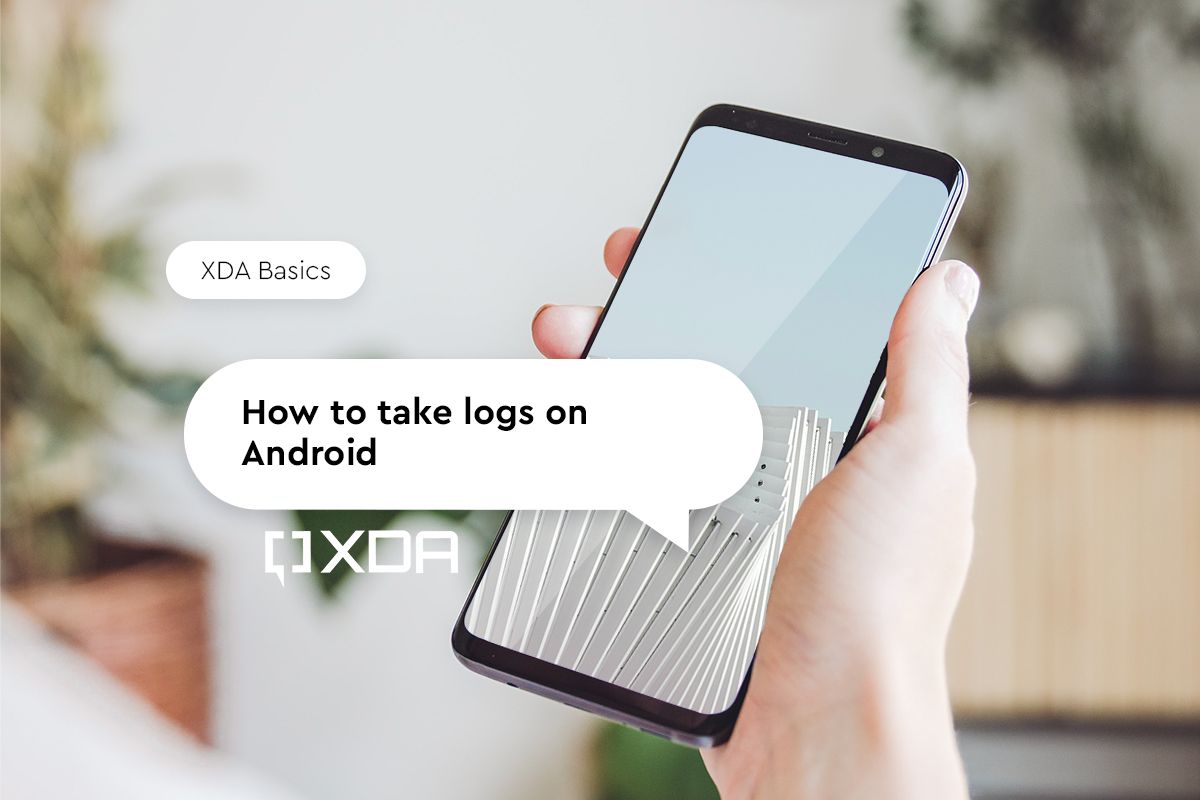
How to take system logcats, kernel logs, and dmesg on Android
Wondering how to take logs on Android? In this guide, we tell you about the various common logs on Android and how to collect them.
Logs are very useful when a developer is diagnosing an error with a piece of software. So, as a user, when you complain to a developer about a problem with their Android app or an aftermarket firmware (custom ROM), they'll ask you to submit a log to help them troubleshoot the issue. Android includes a number of logs that deal with different parts of the firmware, and there are a number of ways to collect those logs. In this guide, we’ll talk about the various common logs and how you can collect them on Android for bug reports.
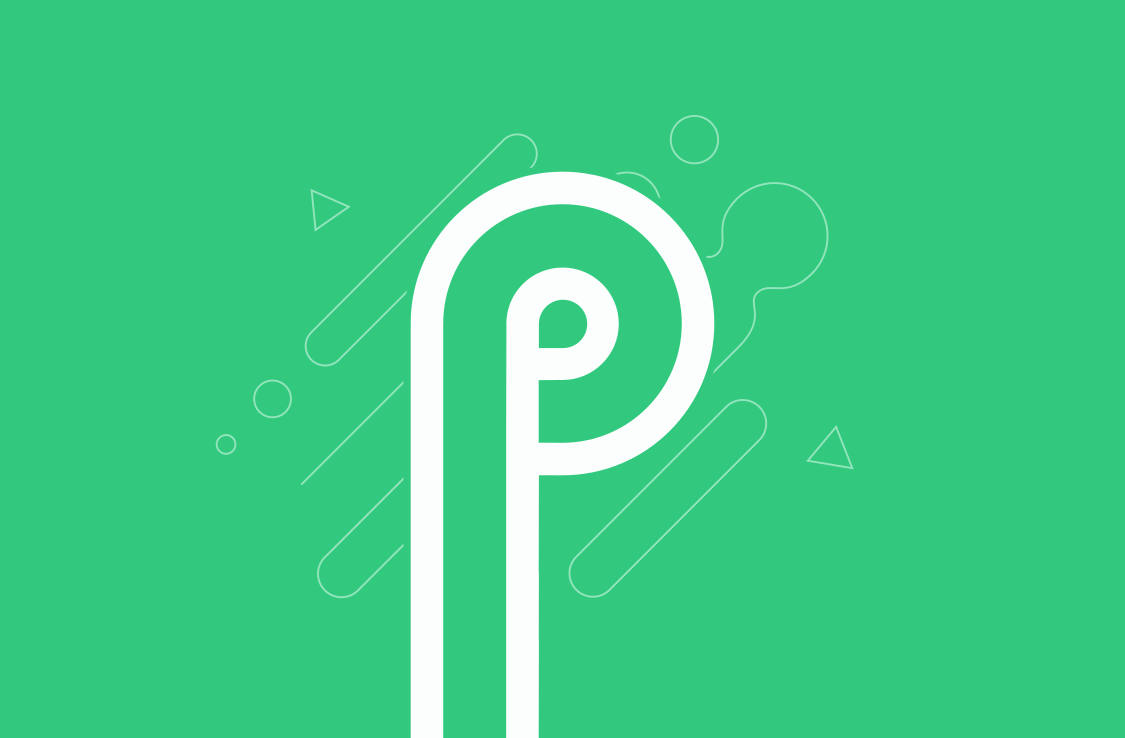
How to see what hidden APIs apps are using in Android P
Android P restricts apps from accessing hidden APIs and non-SDK interfaces. Using Logcat, it's easy to see what non-SDK APIs that apps are using in the new release of Android.
In late February, we spotted commits in the Android Open Source Code suggesting that Google would restrict applications from accessing undocumented/hidden APIs in the Android software development kit (SDK). The search giant later confirmed those changes; in Android P, API restrictions have expanded to cover Java language interfaces of the SDK, starting with rarely-used interfaces and eventually broadening to other non-SDK methods and fields. The first Android P Developer Preview shows warnings when apps are using non-SDK interfaces, but it isn't obvious what hidden APIs are being accessed. Luckily, Logcat makes it easier.
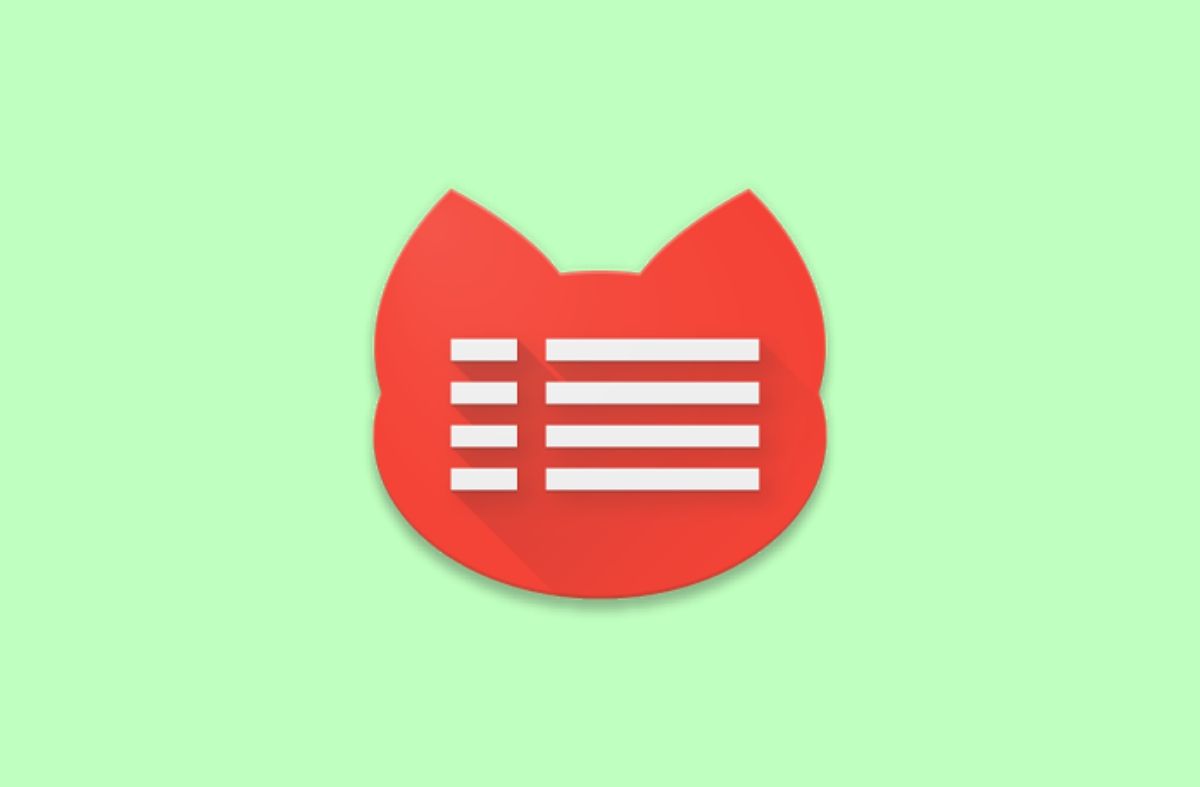
Guide: Sending a Logcat to Help Debug Your Favorite App
Ever have your favorite app suddenly crash on you? Want to help the developer debug what happened? Learn how to capture and filter Logcats with our guide.
It’s happened to us all at one point or another. There’s no shame in admitting it. Sometimes, Android apps crash. Whether you're using a completely stock device to run Google Maps or a highly-customized ROM with an Xposed module to enhance Google Hangouts, application crashes and other issues can occur and even become quite a hindrance. This is especially true in the development of smaller-scale tweaks and applications such as the many found on our website. When issues arise, one of the most constructive and helpful insights the user can lend the developer into the nature of the crash is through providing a Logcat. Although extremely helpful for developers, obtaining this information can seem somewhat daunting for a regular user.
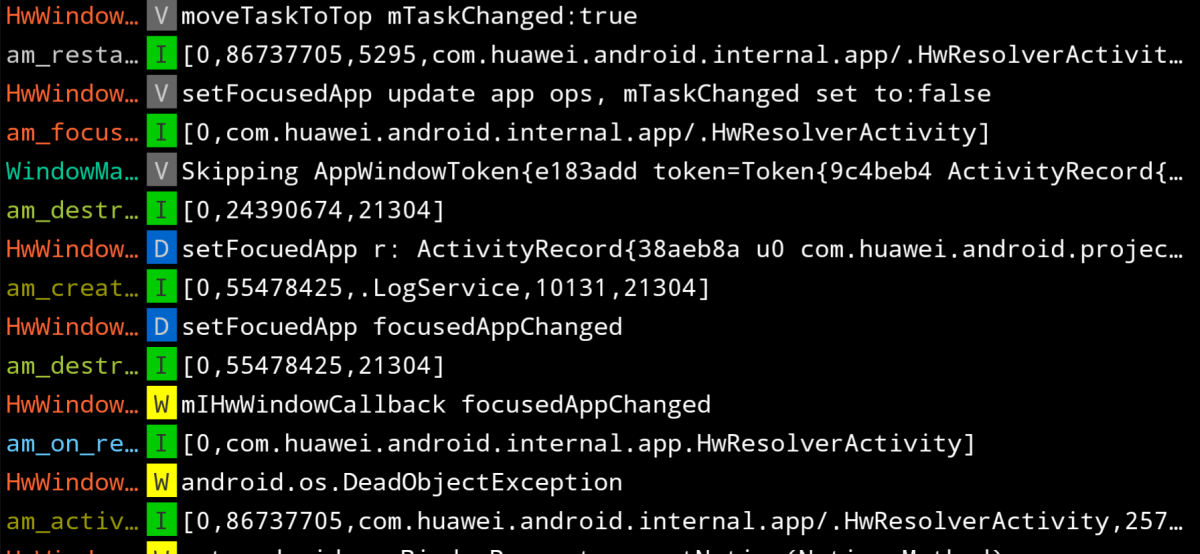
Huawei Phones Disable Logcat, here's how to Restore Access
Huawei's Android phones disable logcat, here's how you can restore access to logging so you can better debug your Android app.
While I was helping XDA Recognized Developer and fellow Portal Writer GermainZ debug a new app we've been working on (which we think you guys will love), I needed to collect and read a logcat to figure out where things were going wrong. On my phone, I went ahead and installed MatLog by XDA Junior Member plusCubed so I could begin the debugging process. I went ahead and granted the permission required for the app to access logs, and then replicated a bug in the app we've been testing.
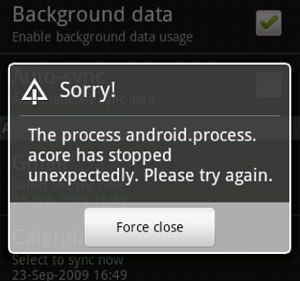
Logcat is a powerful diagnostic tool designed to help developers with debugging errors in their applications. Without it, fixing most of applications would be significantly more difficult. However, it appears that logcat is not the only diagnostic tool available to app developers.
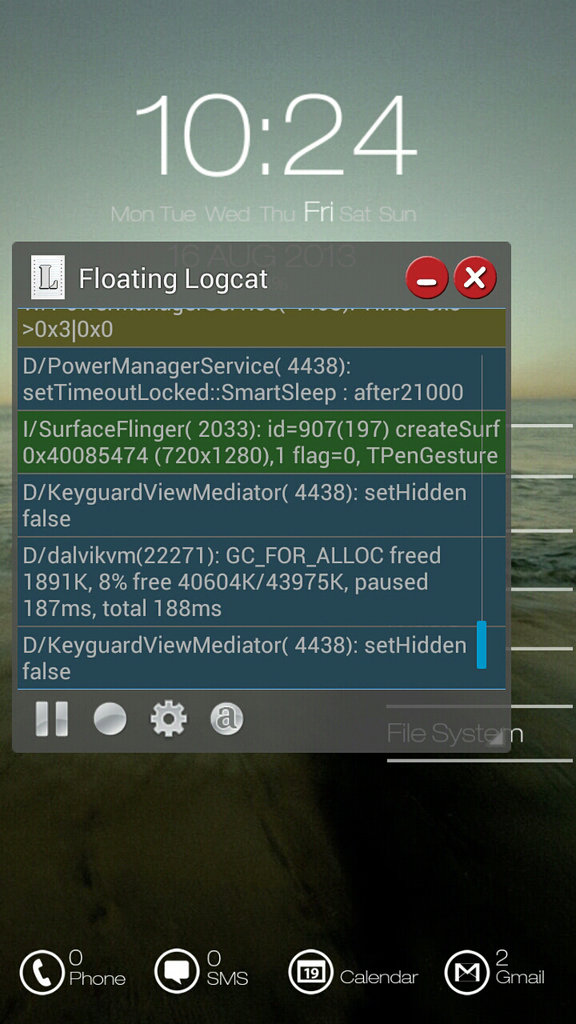
As we've mentioned before, there are no shortage of options available when it comes to logging what your device is doing. Whether it's for the purpose of debugging or reporting an issue and you want to grab a log via PC or straight from the device, your options are myriad. If you prefer to use an application on the device itself to see exactly what's going on, here's a little something that you might just want to check out.
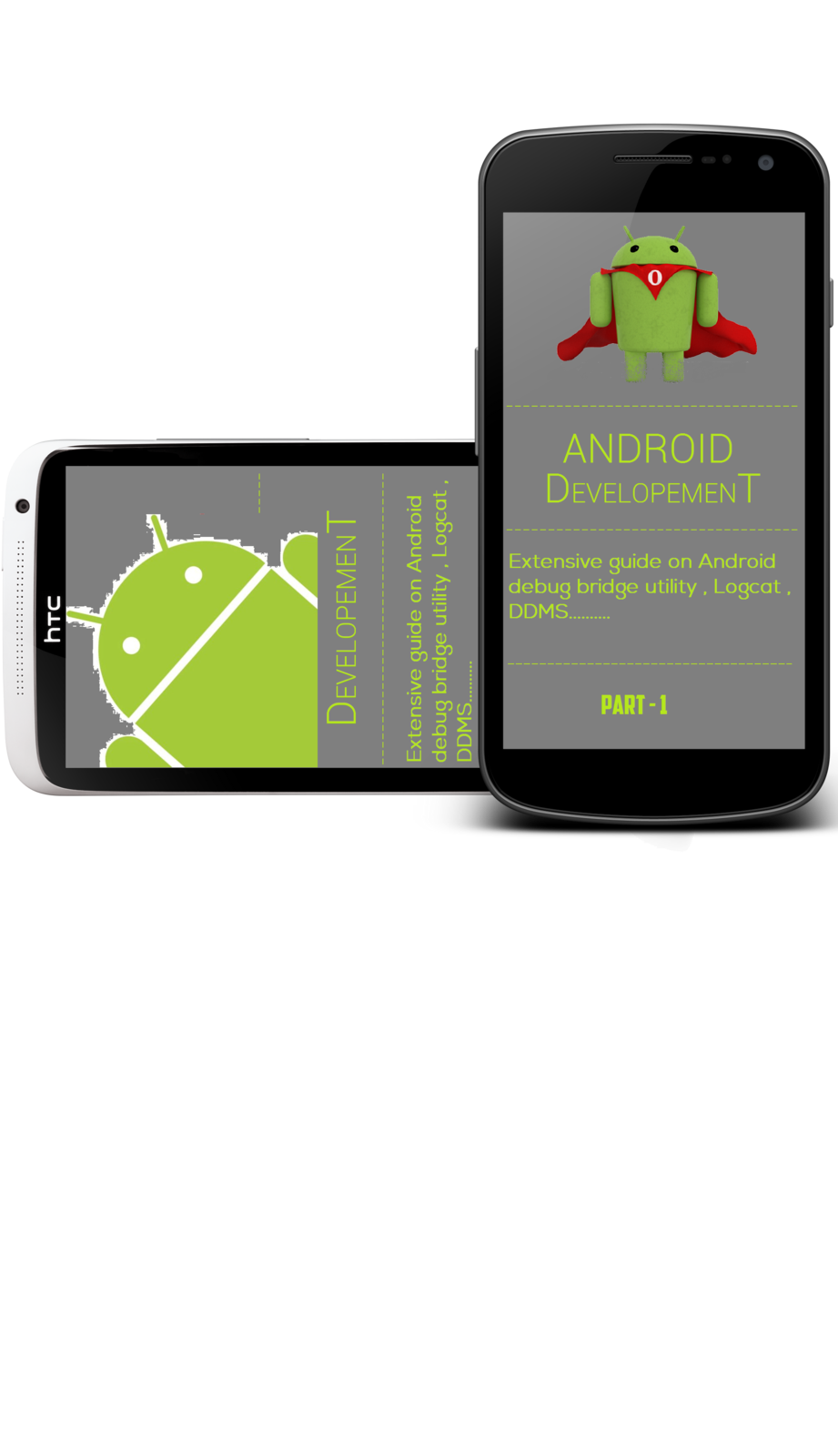
If you're an Android user, there's really almost no reason why you shouldn't have some basic knowledge on how to use ADB and pull a logcat. After all, what better way is there to give back to the developers that help make our mobile devices better than by giving them the tools they need to diagnose issues effectively whenever they arise? And while most casual users have used the Dalvik Debug Monitor Service to take screenshots before the feature was officially added to the stock Android UI, there's much more that can be done with the tool.


